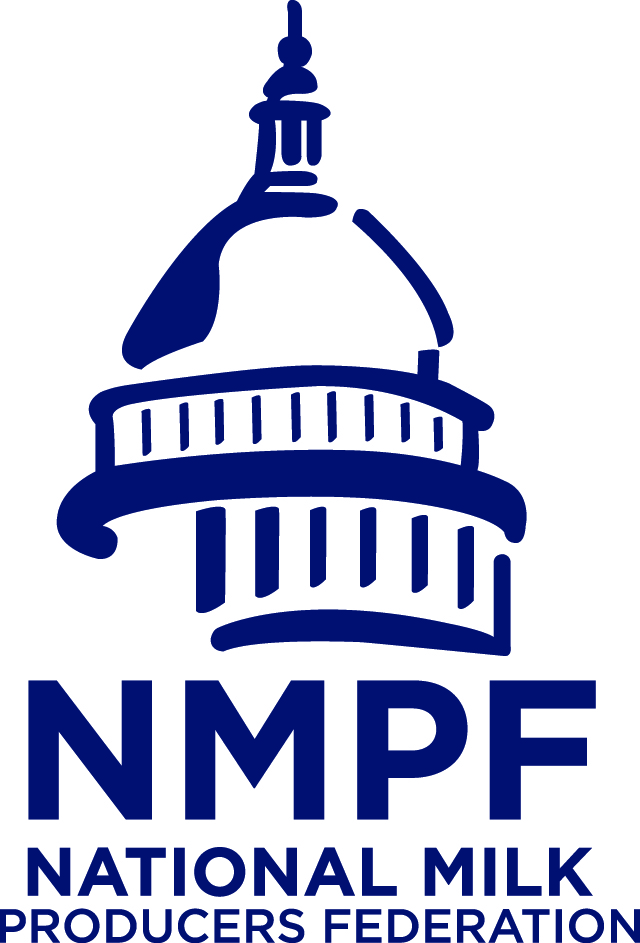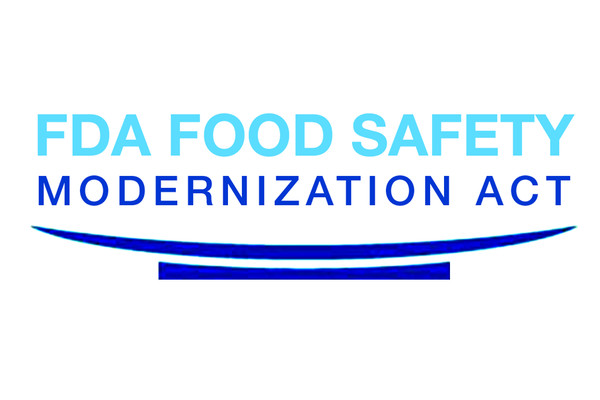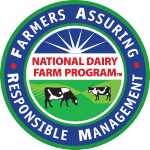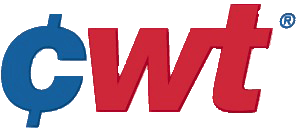 The U.S. Dairy Export Council (USDEC) and National Milk Producers Federation (NMPF) continued to play an active role in the Trans-Pacific Partnership (TPP) trade agreement process this week, as USDEC President Tom Suber testified before the U.S. International Trade Commission (USITC) representing the U.S. dairy industry.
The U.S. Dairy Export Council (USDEC) and National Milk Producers Federation (NMPF) continued to play an active role in the Trans-Pacific Partnership (TPP) trade agreement process this week, as USDEC President Tom Suber testified before the U.S. International Trade Commission (USITC) representing the U.S. dairy industry.
USITC held three days of hearings to gather information for an economic analysis of TPP as mandated by Trade Promotion Authority legislation. That analysis includes the pact’s impact on specific business sectors, such as agriculture. Suber, following detailed written comments to USITC submitted jointly by USDEC and NMPF in December, sought to outline issues and concerns of the U.S. dairy business. (To view a copy of the full written comments, click here.)
“USDEC, working with NMPF and other organizations in the dairy industry, is still completing its overall analysis of TPP,” said Suber. “The deal falls short in providing the degree of market access we had been seeking, but it also avoids a disproportionate opening of the U.S. market to dairy exporters. While we don’t give the pact a failing ‘grade,’ until we have come to a final analysis of its net benefits, we felt it was important to participate in USITC’s assessment and identify points we believe the agency should consider in its economic analysis.”
The agreement for example contains landmark non-tariff achievements dealing with sanitary and phytosanitary (SPS) rules and geographical indication (GI) provisions. TPP is the first U.S. trade agreement to include rules and disciplines on SPS measures that go beyond those contained in the World Trade Organization (WTO) SPS agreement.
“The strengthened SPS commitments address the escalating threat that unwarranted and sudden SPS measures are posing to U.S. agricultural exports around the world,” said Suber. “Nearly all the ‘WTO-plus’ provisions are enforceable through the TPP’s settlement mechanism.”
Furthermore, prior to TPP, U.S. trade deals were virtually silent on GIs. TPP’s groundbreaking GI provisions establish a more equitable international model for approaching the issue of GI registration in sharp contrast to the fundamentally flawed European Union approach that uses Gis in trade negotiations as bargaining chips for market access.
“These achievements may be difficult to quantify through traditional economic modeling, but are certainly relevant to the economic gains the United States may hope to achieve through TPP,” Suber said.
USDEC also identified of number of additional factors pertinent to USITC’s assessment efforts and urged the agency to take them into account. Those factors include TPP’s impact on U.S. exports in existing FTA partner markets (like Mexico and Peru) and elsewhere in light of TPP-region competition from Australia and New Zealand; the impact of U.S. tariff elimination on milk powders and specific cheeses; the expected level of exports from Canada to the United States; the likelihood of intentionally obstructive regulatory barriers; the degree of flexibility created by the agreement’s rules of origin; and the use of new TPP safeguard provisions by the United States.
“We stand ready to work with USITC analysts following these hearings to discuss these recommendations and to assist in their efforts,” Suber said.
Legislation mandates that USITC deliver its assessment to the president and Congress no more than 105 days after the president signs the agreement. The earliest the president can sign the agreement is February 4, which would make the USITC report due by May 18.
###
The U.S. Dairy Export Council (USDEC) is a non-profit, independent membership organization that represents the global trade interests of U.S. dairy producers, proprietary processors and cooperatives, ingredient suppliers and export traders. Its mission is to enhance U.S. global competitiveness and assist the U.S. industry to increase its global dairy ingredient sales and exports of U.S. dairy products. USDEC accomplishes this through programs in market development that build global demand for U.S. dairy products, resolve market access barriers and advance industry trade policy goals. USDEC is supported by staff across the United States and overseas in Mexico, South America, Asia, Middle East and Europe.
The National Milk Producers Federation (NMPF), based in Arlington, Va., develops and carries out policies that advance the well-being of U.S. dairy producers and the cooperatives they collectively own. The members of NMPF’s 30 cooperatives produce the majority of the U.S, milk supply, making NMPF the voice of nearly 32,000 dairy producers on Capitol Hill and with government agencies. For more on NMPF’s activities, visit www.nmpf.org.
The U.S. Dairy Export Council prohibits discrimination on the basis of age, disability, national origin, race, color, religion, creed, gender, sexual orientation, political beliefs, marital status, military status, and arrest or conviction record.

 The National Milk Producers Federation is now accepting applications for its National Dairy Leadership Scholarship Program for academic year 2016-2017.
The National Milk Producers Federation is now accepting applications for its National Dairy Leadership Scholarship Program for academic year 2016-2017. This January marks the start of NMPF’s 100th year of leadership and advocacy on behalf of America’s dairy farmers. A century ago, dairy farmer leaders gathered in Chicago to create a cooperative organization to tackle the policy challenges they faced. Today, 100 years later, the specific objectives may have changed, but the need for an industry-wide collaborative effort has not.
This January marks the start of NMPF’s 100th year of leadership and advocacy on behalf of America’s dairy farmers. A century ago, dairy farmer leaders gathered in Chicago to create a cooperative organization to tackle the policy challenges they faced. Today, 100 years later, the specific objectives may have changed, but the need for an industry-wide collaborative effort has not. NMPF staff have received Lead Instructor training from the Food Safety Preventive Controls Alliance (FSPCA) to become instructors for the FSMA Preventive Controls for Human Food rule.
NMPF staff have received Lead Instructor training from the Food Safety Preventive Controls Alliance (FSPCA) to become instructors for the FSMA Preventive Controls for Human Food rule. The deadline to submit feedback on the FARM Program’s third update to its reference manual has been extended by nine days to January 15, 2016. The reference manual, which outlines best management practices central to the program, is reviewed and reissued every three years.
The deadline to submit feedback on the FARM Program’s third update to its reference manual has been extended by nine days to January 15, 2016. The reference manual, which outlines best management practices central to the program, is reviewed and reissued every three years. Cooperatives Working Together assisted member cooperatives in winning 36 contracts to sell 9.072 million pounds of cheese, 175,370 pounds of butter, and 11.155 million pounds of whole milk powder in December. The product will be shipped from December 2015 through June 2016 to customers in Asia, the Middle East, Oceania and South America.
Cooperatives Working Together assisted member cooperatives in winning 36 contracts to sell 9.072 million pounds of cheese, 175,370 pounds of butter, and 11.155 million pounds of whole milk powder in December. The product will be shipped from December 2015 through June 2016 to customers in Asia, the Middle East, Oceania and South America. The new federal Dietary Guidelines for Americans deliver an emphatic message that Americans should consume more dairy products – an important endorsement of the irreplaceable role that dairy foods play in American’s diets.
The new federal Dietary Guidelines for Americans deliver an emphatic message that Americans should consume more dairy products – an important endorsement of the irreplaceable role that dairy foods play in American’s diets. The final version of the 2015 federal Dietary Guidelines for Americans (DGA) affirms the vital, unrivaled contribution made by dairy foods, and reminds Americans that they will continue to benefit from three daily servings of low-fat and fat-free dairy.
The final version of the 2015 federal Dietary Guidelines for Americans (DGA) affirms the vital, unrivaled contribution made by dairy foods, and reminds Americans that they will continue to benefit from three daily servings of low-fat and fat-free dairy.




